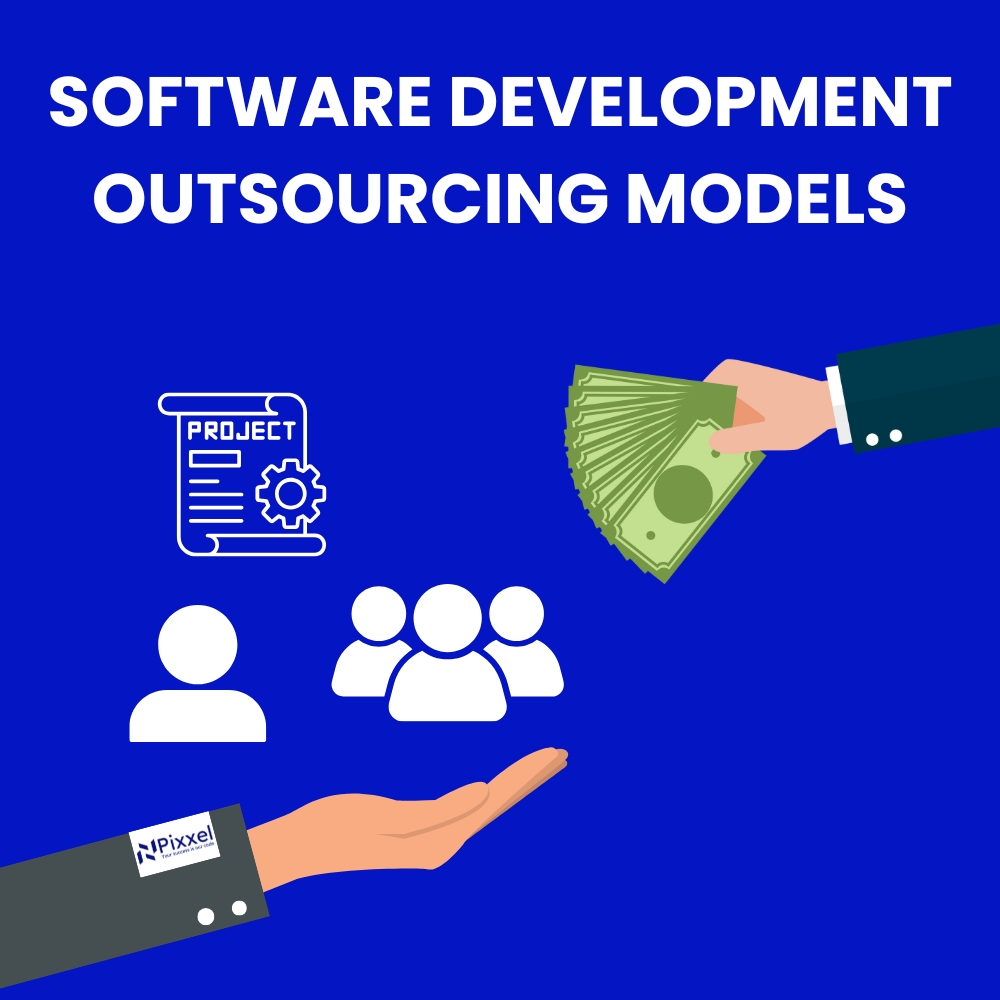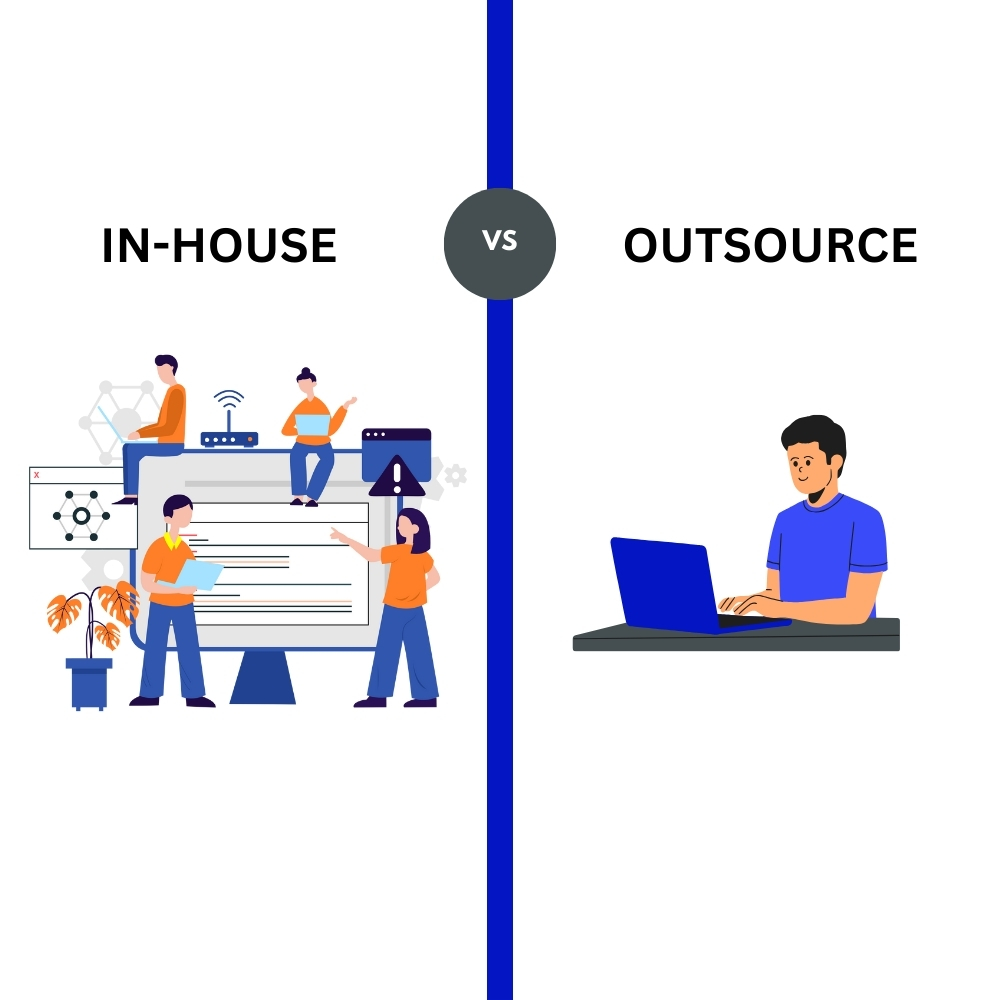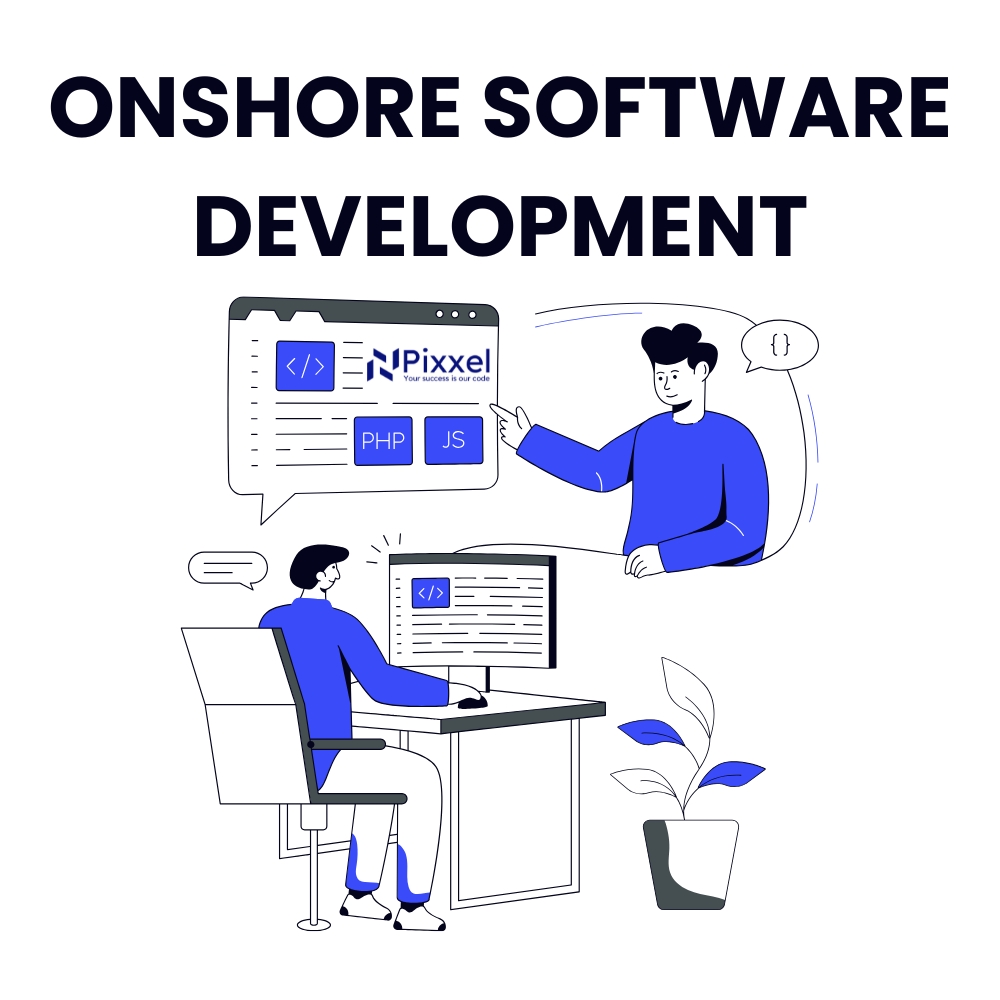Picture this: You have a high-stakes project with tight deadlines, but your in-house team is already stretched thin. Hiring full-time employees isn’t an option, and time is of the essence. What’s the solution? Project-based outsourcing.
From tech startups to Fortune 500 companies, businesses are leveraging outsourcing to access top-tier talent, cut software development costs, and bring products to market faster. In fact, outsourcing can boost efficiency by up to 25%, enabling companies to streamline operations and focus on their core competencies.
But is it the right approach for you? In this guide, we’ll break down the pros, cons, and best practices for choosing an outsourcing partner that delivers results—without the headaches. Let’s dive in.
Key Takeaways
- Project-based outsourcing offers a flexible, cost-efficient way to access specialized expertise.
- Clear communication, quality assurance, and scope management are crucial to overcoming common challenges.
- It’s best suited for projects with well-defined objectives and timelines, especially in fast-paced industries.
- Choosing the right partner requires evaluating technical skills, workflow, and past performance.
What is Project-Based Outsourcing?
Project-based model is a software development outsourcing model where you hire an external agency to develop an entire software project from start to finish. Instead of managing an in-house development team, you hand over the complete project to an outsourcing partner, who is responsible for planning, development, testing, and delivery within a predefined scope, timeline, and budget.
This method works best when your in-house team lacks the necessary expertise or when the project’s scale demands additional resources. You can outsource tasks ranging from software development to marketing campaigns, allowing you to maintain control over the final outcome without the overhead of hiring full-time employees.
Key Characteristics
- Well-Defined Project Scope
- Fixed Timeline
- Clear Deliverables
- Structured Communication
- Milestone-Based Contracts
- Cost & Risk Management
- Access to Specialized Expertise
- Goal-Oriented Vendor Relationship
Best Use Cases
- Ideal for well-defined projects with clear objectives, deadlines, and deliverables
- Perfect for when you lack specific expertise
- Need rapid scale-up without long-term commitments.
Outsourcing Models Comparison
| Characteristic | Staff Augmentation | Team Augmentation | Project-Based Model |
|---|---|---|---|
| Definition | Hiring individual resources to fill specific skill gaps in an existing team. | Hiring an entire team to complement the existing workforce and work on a defined scope. | Outsourcing an entire project to a third-party vendor who takes full responsibility for its execution. |
| Control & Management | Client has full control over the team and project management. | Client has partial control, but the augmented team operates independently. | The vendor manages the project with minimal client intervention. |
| Engagement Model | Temporary, on-demand hiring to cover skill shortages. | Long-term engagement with an external team integrated into the client’s workflow. | Fixed or flexible engagement based on a predefined scope and timeline. |
| Scalability | Easy to scale up or down based on needs. | Flexible, but typically meant for medium- to long-term collaboration. | Scaling is limited once the project scope is agreed upon. |
| Integration Level | Individuals integrate directly into the client’s existing team. | A dedicated team works alongside the client’s internal teams. | The project is outsourced completely with little to no integration with the client’s internal team. |
| Benefits | Quick access to specialized talent, cost-effective for short-term needs, and flexible hiring. | Efficient team scaling, faster project execution, and access to external expertise. | Minimal client involvement, predictable outcomes, and reduced management overhead. |
| Best For | Short-term needs, filling skill gaps, or dealing with workload spikes. | Scaling teams efficiently for ongoing development and long-term projects. | Outsourcing complete projects when internal expertise or bandwidth is lacking. |
| Risk & Accountability | Higher risk for the client as they manage the resources. | Medium risk, as the external team is partially managed by the vendor. | Lower risk for the client as the vendor is accountable for project success. |
Advantages of Project-Based Outsourcing
Project-based outsourcing has many advantages. Apart from cost-efficiency, it helps you access vast pools of skilled talent and more time for your in-house team to focus on core business activities.
- It costs less than a hired team.
- You can access a wide pool of talent.
- The project gets completed faster.
- Reduces management overload on your team.
Cost Efficiency
One of the most significant benefits of project-based outsourcing is its cost efficiency. Instead of committing to long-term employment contracts and additional overheads, you pay only for the work done. This model lets you manage budgets more effectively by converting fixed costs into variable expenses. In many cases, you can get high-quality work done at a fraction of the cost compared to in-house development.
Moreover, by outsourcing, you avoid costs related to training, employee benefits, and infrastructure – making it a smart solution for startups and budget-conscious enterprises.
Access to Specialized Talent
When your project demands expertise that your current team lacks, outsourcing can give you immediate access to specialists. We have niche skills honed over years of experience. We can offer innovative solutions, cutting-edge technology, and industry best practices that might be hard to develop internally.
This advantage is especially valuable in fast-evolving fields like software development, digital marketing, and design, where keeping up with trends and tools is essential for success.
Faster Time to Market
Time is money, and project-based outsourcing can help speed up your product or project launch. With our dedicated team focused solely on your project, there is less time lost in internal coordination or learning curves. Outsourcing partners often work in shifts or use agile methods to accelerate the process.
This means you can roll out products or services faster, respond to market demands, and gain a competitive edge by being first to market.
Reduced Management Overhead
Managing a project internally can be a resource-intensive task. Outsourcing allows you to delegate many operational responsibilities – from recruitment and training to daily supervision – to us. This reduces your management overhead and frees up your in-house team to focus on core business functions.
You’ll still maintain oversight through regular updates and milestone reviews, but the day-to-day management shifts to us, making the process smoother and more efficient.
Challenges of Project-Based Outsourcing
While project-based outsourcing has many advantages, you may face certain challenges based on your project type and needs.
- Communication barriers may arise.
- Loss of project-management control.
- Difficulty in incorporating changes.
Communication and Collaboration Barriers
One of the primary challenges in outsourcing is ensuring clear and consistent communication. Differences in time zones, languages, and work cultures can lead to misunderstandings or delays. It’s vital to establish communication protocols, regular update meetings, and shared project management tools to bridge these gaps.
Even with these measures in place, occasional friction is natural. Being proactive—by setting expectations and documenting discussions—can help minimize potential issues.
Project Control
When you outsource your project to an external vendor, you lose control over the project management. You still receive milestone reviews and progress updates, but you won’t have management control. This can be a challenge if you are dealing with a high-end project or if your project has changing needs.
It is always better to evaluate these factors before deciding which outsourcing model to use. You also have to be clear in establishing what you expect the end result to be to avoid issues during the process.
Scope Creep and Requirement Changes
Scope creep is a common challenge in any project, and outsourcing is no exception. As projects evolve, new ideas or changing requirements can lead to adjustments that may derail timelines and budgets. It’s essential to have a well-documented project scope and a formal change management process in place.
This way, any modifications are carefully reviewed, approved, and integrated into the project plan without compromising the overall objectives.
The next step is choosing a company. For an in-depth overview, check out our article, How to Choose a Software Company?






